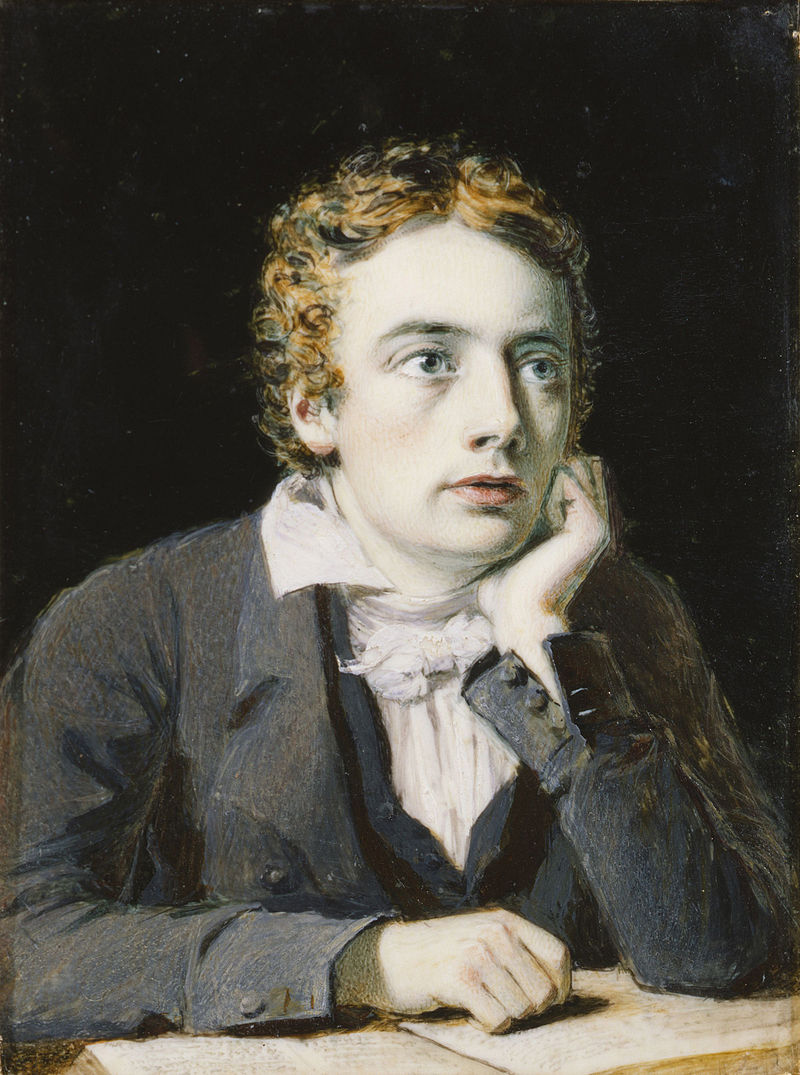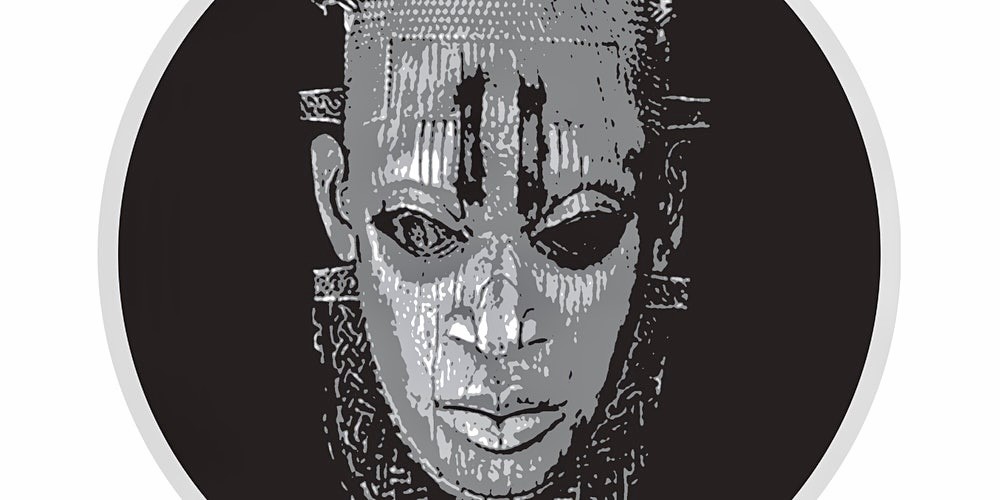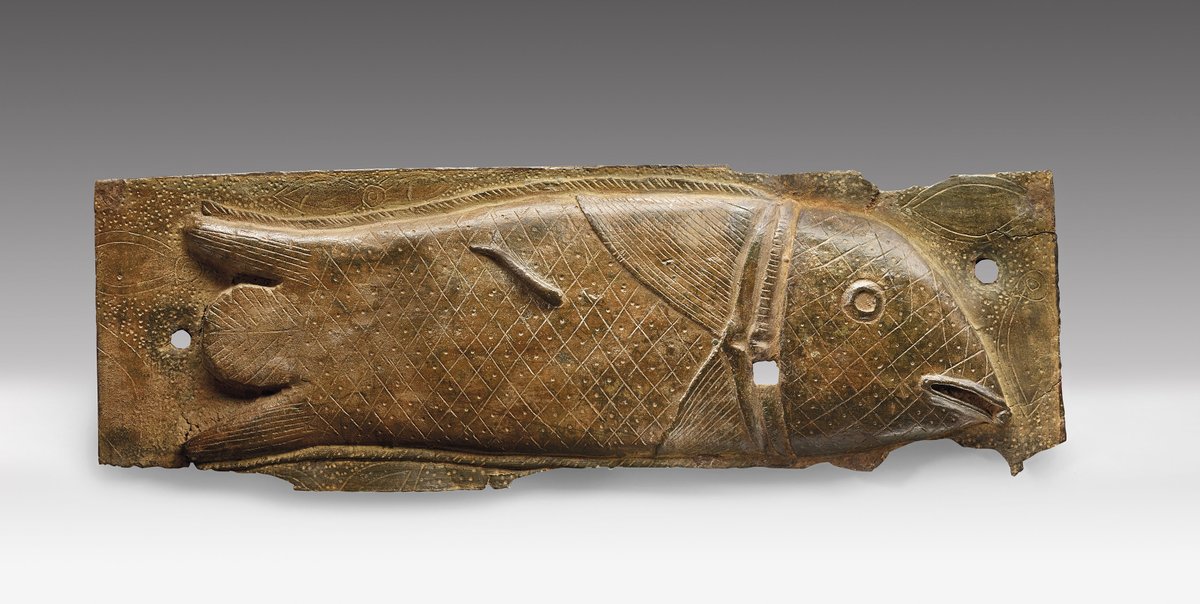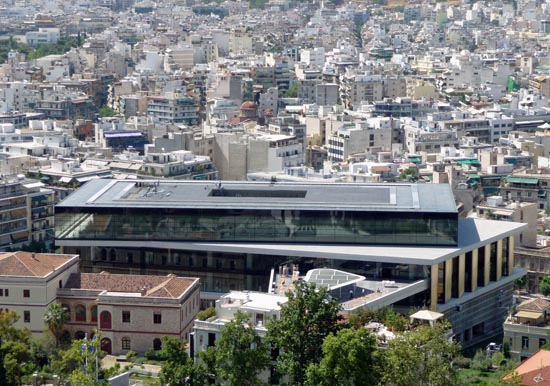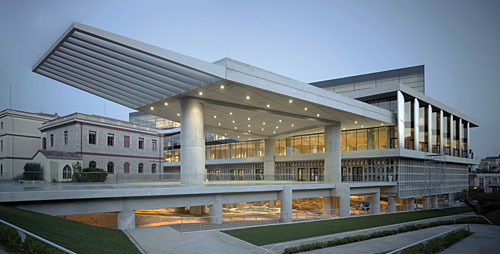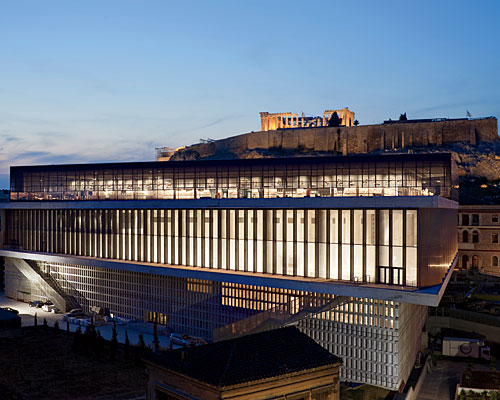
The case of the return of two solemn Greek Orthodox Patriachal documents and an 18th century Ottoman firman has been highlighted in this tweet from @artlawles. It is an interesting case that is also relevant to the ongoing debate over the return of looted cultural treasures 1/6
https://twitter.com/artlawalex/status/1353986282293235712
According to records kept by the #BritishLibrary @britishlibrary the rare sigallia confirming the patriarchal value of the Holy Monastery of Panagia #Chrysopodaritissa and the related Turkish Sultanate firman of 1786 (pictured) were "presented" in 1988 by Walter Stecklemacher 2/6 

Reports suggest that they were looted from the monastery by archaeologists in 1979 and later sold abroad. A keen observer saw them on the British Library’s website and in due course the relevant Greek antiquities authorities were notified and formally approached the Library 3/6 





The British Library Act 1972 relevantly provides that the British Library Board is conferred with an incidental power to acquire or dispose of any property, whether or not for the purposes of their collection: legislation.gov.uk/ukpga/1972/54/… 4/6 

This power is to be contrasted to the perverse restrictions on deaccession in the British Museum Act which are routinely cited as the reason why the @britishmuseum will not even countenance the return of the #ParthenonSculptures looted by Lord Elgin over 200 years ago 5/6 

The return of the rare manuscripts and firman from British Library to Greece is an example of enlightened Anglo-Hellenic cultural co-operation in the context of illegal trafficking of antiquities. It's time that the #ParthenonMarbles are also finally reunited. @ReuniteMarbles 6/6 

@threadreaderapp Please unroll this thread
• • •
Missing some Tweet in this thread? You can try to
force a refresh



